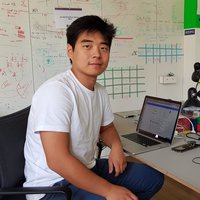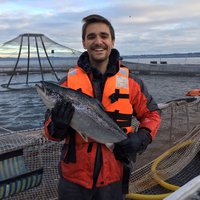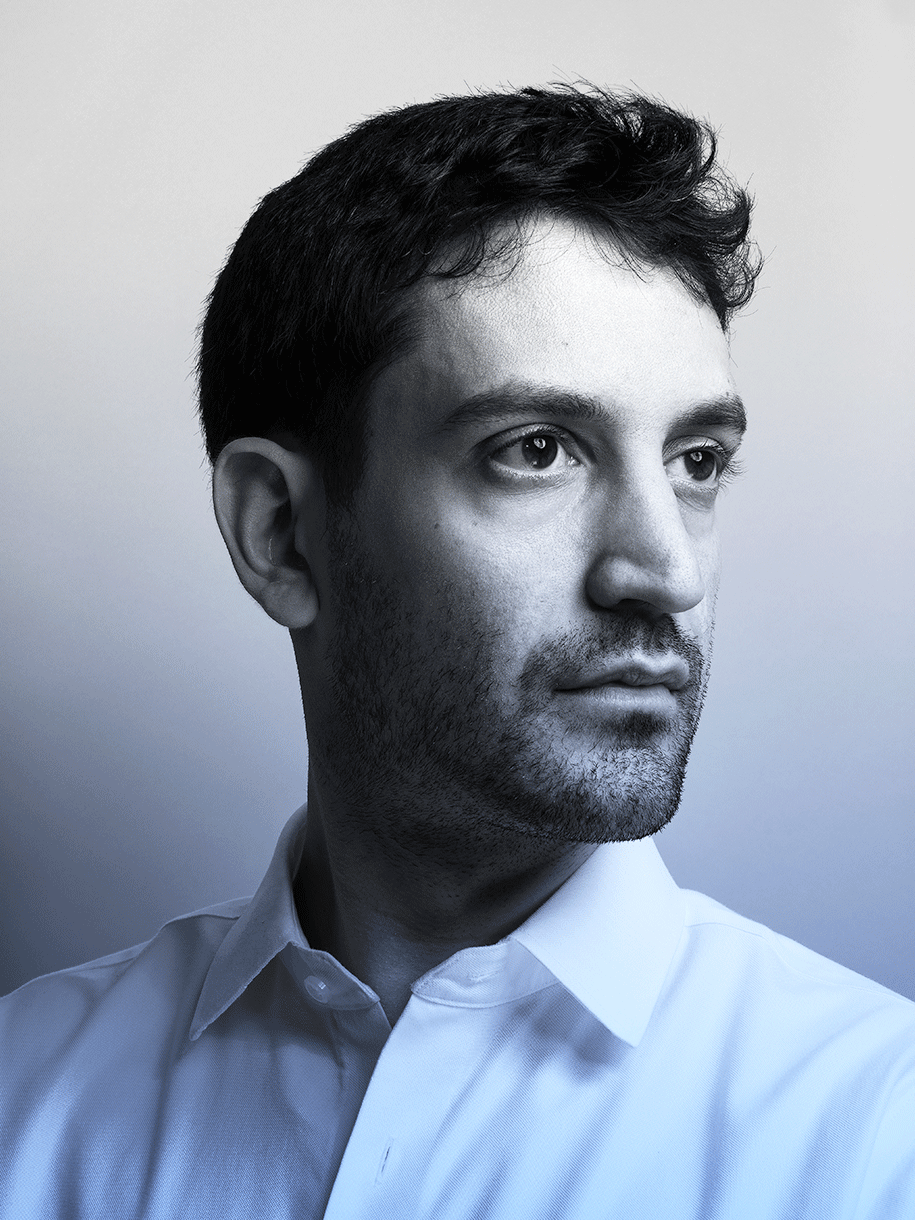Artificial intelligence & robotics
Brenden Lake
Getting machines to learn in the fast and flexible ways that humans can.

China
Cong Liu
From speech recognition to computer vision, he connects two fields and focuses on real world applications

Europe
Paul Duan
His NGO uses big data and AI to solve the world’s problems and become the 'United Nations of technology'

Europe
Pieter Fabry
His artificial intelligence algorithms make aquaculture a more sustainable technique

China
Pingzhong Tang
Applying theoretical design to the real world, he creates tremendous social benefits and impact
